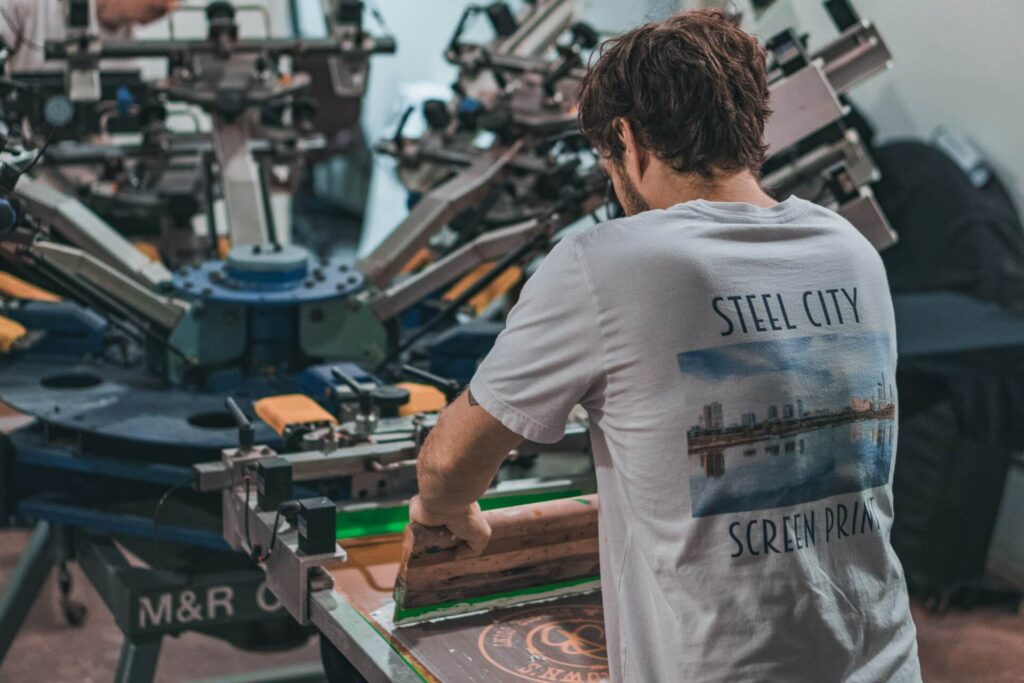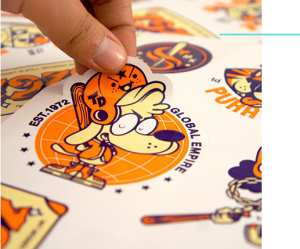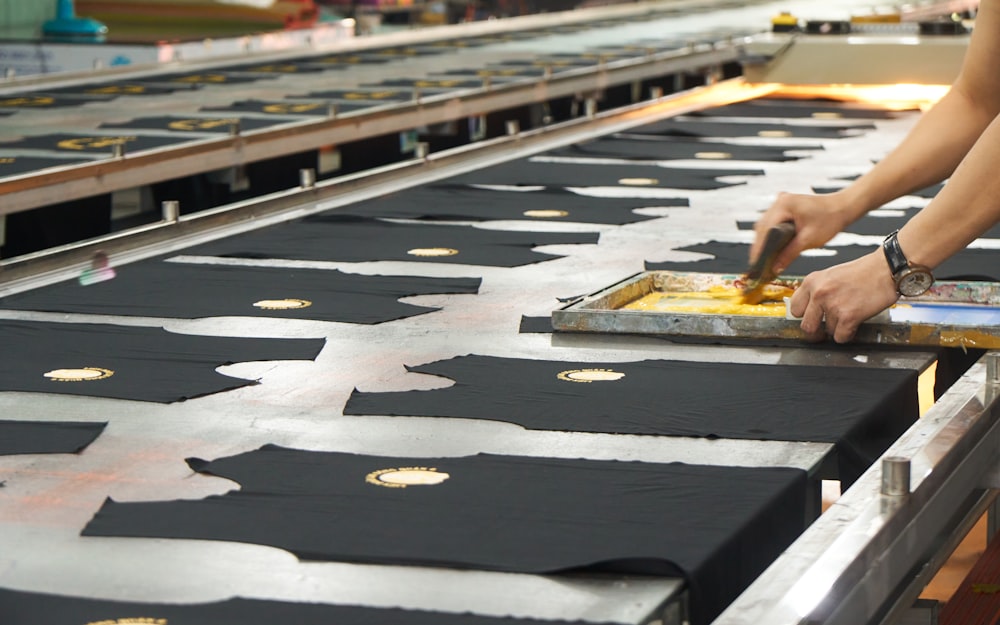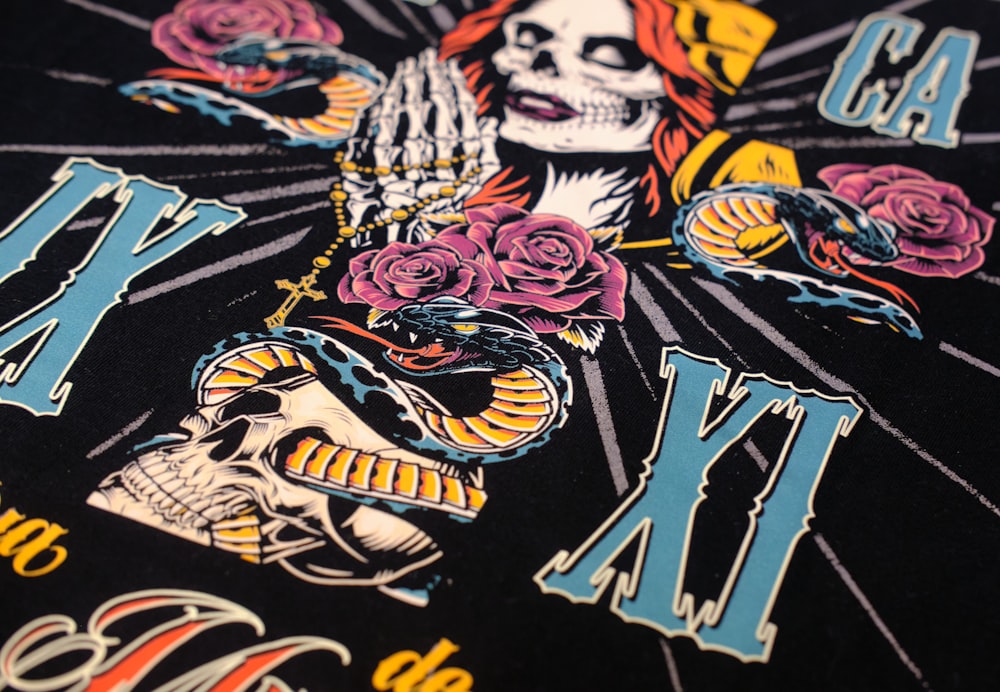
DTF Printing vs. Other Printing Methods | The Best One in 2024
In the printing industry, a new and popular method called DTF stands for Direct-To-Film printing. It’s a way of transferring designs onto various things like clothes or items. DTF printing has become more and more popular lately because it offers vibrant and durable prints on different surfaces. All with super convenience!
Today, we’re going to explore DTF Printing vs. Other Printing Methods. The purpose of this blog post is to help you understand how DTF printing differs from other popular methods like DTG (Direct-to-Garment), screen printing, and sublimation printing. By knowing these differences, you’ll be better equipped to make smart decisions about which printing method is best for your needs.
Each method has its own strengths and weaknesses, so by comparing them, you can make informed choices that will lead to better results for your printing projects.
What is DTF Printing? A Detailed Overview:
DTF printing, or Direct-To-Film printing, is a modern printing technique that has gained popularity for its versatility and ability to produce vibrant and durable prints on various surfaces. Let’s see how DTF printing works, its key benefits, and its wide range of applications across different industries.
Definition and Process
Using a special printer, DTF printing is all about transferring designs directly to a film. The design is then transferred from the film onto the desired substrate using a heat press. Unlike traditional methods where designs are printed directly onto the substrate, DTF printing offers greater flexibility in design placement and allows for intricate details and vibrant colors.
Key Benefits of DTF Printing:
- Versatility: DTF printing can be used on a wide range of substrates, including fabrics (cotton, polyester, blends) and rigid materials (wood, metal, plastic), making it suitable for various applications.
- Vibrant Colors: DTF printing offers exceptional color vibrancy, allowing for the reproduction of vivid and eye-catching designs with sharp graphics and vibrant hues.
- Durability: Prints produced through DTF printing are highly durable, with excellent washability and resistance to fading and cracking over time, ensuring long-lasting results.
- Detail Reproduction: DTF printing enables the reproduction of intricate details and fine lines, resulting in high-quality prints with sharp and precise graphics.
- Customization: DTF printing allows for easy customization of designs, making it ideal for producing personalized items and one-of-a-kind creations.
- Eco-Friendly: DTF printing is considered more environmentally friendly compared to traditional printing methods, as it eliminates the need for water and reduces ink wastage.
- Cost-Effective: DTF printing offers cost-effective solutions for producing high-quality prints in small to medium quantities, making it suitable for both small businesses and large-scale production.
Applications of DTF Printing
DTF printing finds applications across various industries due to its versatility and superior print quality. In the apparel industry, DTF printing is used to create custom t-shirts, hoodies, and other garments with intricate designs and vibrant colors. It is also utilized in the production of accessories like bags, hats, and shoes, as well as promotional items such as mugs, phone cases, and keychains.
Beyond apparel and accessories, DTF printing is used in signage and graphics for producing banners, posters, decals, and other promotional materials. It is also employed in the automotive industry for customizing vehicle wraps, interior trim, and promotional giveaways.
DTF Printing vs. Other Printing Methods
Comparison with DTG Printing
Process
DTF Printing: In DTF printing, designs are first printed onto a special film using a printer. The printed design is then transferred from the film onto the substrate using a heat press. This process allows for precise placement of designs and vibrant colors.
DTG Printing: DTG printing, or Direct-to-Garment printing, involves printing designs directly onto garments using a specialized inkjet printer. The printer directly applies the ink onto the fabric, resulting in detailed and high-quality prints with minimal setup time.
Substrates
DTF Printing: DTF printing can be used on a wide range of substrates, including fabrics like cotton, polyester, and blends, as well as rigid materials like wood, metal, and plastic.
DTG Printing: DTG printing is primarily suitable for printing on fabrics and garments, such as t-shirts, hoodies, and bags. It is less versatile in terms of substrate compatibility compared to DTF printing.
Print Quality
DTF Printing: DTF printing offers exceptional print quality with vibrant colors, sharp graphics, and precise detail reproduction. The prints produced through DTF printing are highly durable and resistant to fading and cracking over time.
DTG Printing: DTG printing also produces high-quality prints with detailed graphics and vibrant colors. However, the print quality may vary depending on factors such as fabric type, pretreatment, and ink compatibility.
Production Speed
DTF Printing: DTF printing typically offers faster production speeds compared to DTG printing, especially for multi-color designs and large quantities. The direct-to-film process of DTF printing allows for efficient and streamlined production workflows.
DTG Printing: DTG printing may have slower production speeds compared to DTF printing, particularly for complex designs or dark-colored garments that require multiple passes of ink. However, advancements in DTG technology have improved production efficiency in recent years.
Comparison with Screen Printing
Process
Screen Printing: Screen printing involves creating a stencil (or screen) for each color in the design. Ink is then applied to the screen and forced through onto the substrate using a squeegee. Each color requires a separate screen, making it a multi-step process.
DTF Printing: DTF printing utilizes a digital printing process where designs are printed onto a special film using a printer. The printed design is then transferred from the film onto the substrate using a heat press. This process eliminates the need for screens and allows for precise placement of designs.
Complexity
Screen Printing: Screen printing can be complex and labor-intensive, especially for multi-color designs. It requires creating and aligning separate screens for each color, as well as meticulous setup and cleanup processes.
DTF Printing: DTF printing offers a simpler and more streamlined process compared to screen printing. With DTF printing, there are no screens to create or align, resulting in reduced setup time and labor requirements.
Color Limitations
Screen Printing: Screen printing may have limitations in color accuracy and vibrancy, especially for intricate designs with multiple colors. Achieving precise color matching can be challenging, and setup costs for each color can add up.
DTF Printing: DTF printing offers excellent color vibrancy and accuracy, allowing for vibrant and detailed prints with sharp graphics. The digital printing process of DTF printing enables precise color reproduction without the need for separate screens or setup costs for each color.
Versatility
Screen Printing: While screen printing is versatile in terms of substrate compatibility, it may be less flexible in terms of design complexity and customization. Changes to designs or colors may require adjustments to screens, resulting in additional time and costs.
DTF Printing: DTF printing offers greater versatility and flexibility in design complexity and customization. The digital nature of DTF printing allows for easy customization of designs and quick adjustments without the need for new screens or setup changes.
Comparison with Sublimation Printing
Process
Sublimation Printing: Sublimation printing involves using heat to transfer dye onto a substrate such as polyester fabric or polymer-coated items. The dye sublimates from a solid to a gas state under heat and pressure, bonding with the substrate’s fibers or coating.
DTF Printing: DTF printing utilizes a process where designs are printed onto a special film using a printer. The printed design is then transferred from the film onto the substrate using a heat press. This process offers precise placement of designs and vibrant colors.
Substrates
Sublimation Printing: Sublimation printing is primarily suitable for polyester-based materials or items with a polymer coating, such as polyester fabrics, ceramic mugs, and metal panels.
DTF Printing: DTF printing offers greater substrate versatility, as it can be used on a wide range of materials including fabrics (cotton, polyester), as well as rigid materials like wood, metal, and plastic.
Durability
Sublimation Printing: Sublimation prints are known for their durability, as the dye becomes part of the substrate’s surface rather than sitting on top of it. This results in prints that are fade-resistant and have excellent washability.
DTF Printing: DTF prints are also highly durable, with excellent washability and resistance to fading and cracking over time. The prints produced through DTF printing maintain their vibrancy and integrity even after multiple washes and prolonged use.
Color Vibrancy
Sublimation Printing: Sublimation printing offers exceptional color vibrancy and saturation, with prints that have a soft, smooth feel to the touch. The dye sublimation process allows for full-color designs with precise color reproduction.
DTF Printing: DTF printing also produces vibrant and detailed prints with sharp graphics and vibrant colors. The digital printing process of DTF printing enables precise color reproduction and vibrant hues.
Conclusion | Best DTF Printing Services in Austin
To sum up, we can say that DTF printing shines because it’s versatile, creates vibrant colors, lasts long, and works on many surfaces. Whether you’re making custom clothes, promotional items, or signs, DTF printing offers a great solution with high-quality results.
At SpeedE Transfers, we know how important it is to get great prints. That’s why we’re here to help. As Austin’s go-to DTF printing service, we’re ready to bring your ideas to life. Whether you’re a business or an individual, we’ve got the tools and expertise to make your printing projects stand out. Experience the difference with SpeedE Transfers today!


